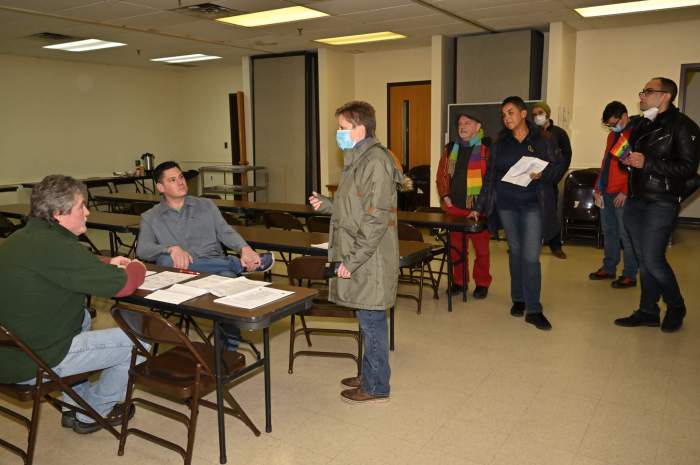Not to give you an easy out for why you couldn’t relate to your friend’s latest sob story, but according to a new study, the ability to empathize with others might be slightly out of your control. New research published in the journal Translational Psychiatry finds that some people have a greater capacity for empathy than others, and that the ability may in part be dictated by genetics.
Researchers from the University of Cambridge collaborated with personal genetics testing company 23andMe to test the DNA of nearly 47,000 British adults.
The subjects also completed an Emotional Quotient (EQ) test — 60 questions that measure empathy through self-reported answers.
The researchers define empathy in two parts: Cognitive empathy, the ability to “identify other people’s thoughts, intentions, desires and feelings”; and affective empathy, the ability to “respond to others’ mental states with an appropriate emotion.” (Sympathy, if you need a refresher, describes the ability to commiserate with someone because you share or have shared similar feelings and experiences, while empathy requires you to put yourself in another person’s shoes.)
On the DNA-side, the researchers learned that genetics accounts for ten percent of variation in people’s ability to empathize. They also identified a genetic link between a lower capacity for empathy and a higher risk of developing autism, schizophrenia and anorexia.
Results from the EQ tests found that women are slightly more empathetic than men, which the researchers attributed to (non-genetic) prenatal hormonal influences or societal factors.
The ten percent genetic component doesn’t sound like much, but it is significant in how it can “help us understand people such as those with autism who struggle to imagine another person’s thoughts and feelings,” said Professor Simon Baron-Cohen, a study lead and the Director of the Autism Research Center at Cambridge University.
Still, as co-study lead Varun Warrier pointed out, “it will be equally important to understand the non-genetic factors that explain the other 90 percent.”

























